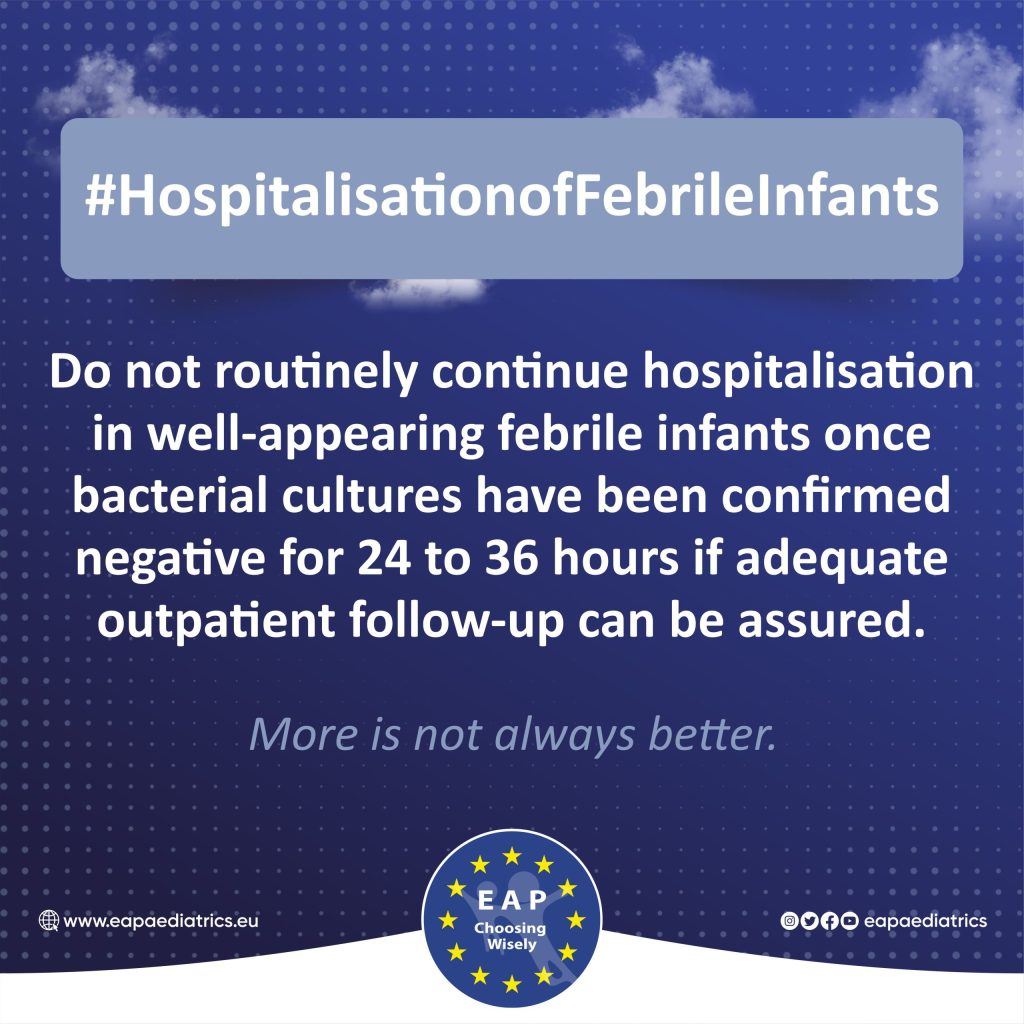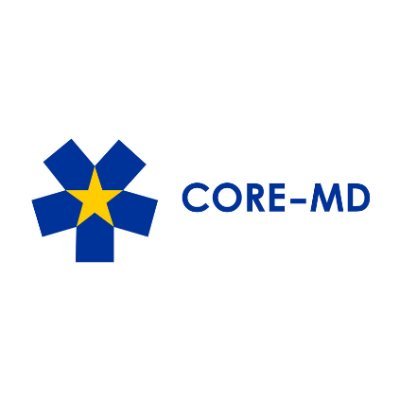
Do not routinely continue hospitalization in well-appearing febrile infants once bacterial cultures have been confirmed negative for 24 to 36 hours if adequate outpatient follow-up can be assured
Culture clear – Outpatient near!
What is known about bacterial blood culture results after 24-36 hours:
- For infants from 1 to 12 months of age admitted to the hospital due to concerns about a potentially serious bacterial infection, particularly those who appear to be well, extending their hospital stay beyond 24 hours solely to confirm negative cultures offers little benefit and can have harmful side effects such as secondary infections.
- In a multicenter retrospective cross-sectional study, the mean time to positive blood culture results was found to be
- 15.41 hours, with over 90% of these blood cultures testing positive within the initial 24 hours. Another study demonstrated that only 0.5% of cases experienced notification times exceeding 24 hours.
- Stopping antibiotic treatment in well-appearing children within 24-36 hours means shorter hospital stays, less medication, and fewer complications.
How to talk with patients and parents about cough medicine:
- We know that your baby is safe by the result of the preliminary tests and the observation.
- Babies and parents thrive at home, and that’s better than being at the hospital for sleep, privacy and comfort, and it also means less exposition to other germs.
- We have a safety net (emergency room visits, phone checks, direct information of the family doctor etc…)
This EAP recommendation is in accordance with Choosing Wisely recommendations of:
ABIM Foundation, Society of Hospital Medicine, American Academy of Pediatrics, and the American Pediatric Association:
https://downloads.aap.org/AAP/PDF/Choosing%20Wisely/CWHospitalmedicine.pdf
References:
- Biondi EA, Mischler M, Jerardi KE, Statile AM, French J, Evans R, et al. Blood culture time to positivity in febrile infants with bacteremia. JAMA Pediatr. 2014 Sep;168(9):844–9. PMID: 25048522
- Dierig A, Berger C, Agyeman PKA, Bernhard-Stirnemann S, Giannoni E, Stocker M, et al. Time-to-Positivity of Blood Cultures in Children With Sepsis. Front Pediatr. 2018;6:222. PMID: 30135859
- Fielding-Singh V, Hong DK, Harris SJ, Hamilton JR, Schroeder AR. Ruling out bacteremia and bacterial meningitis in infants less than one month of age: is 48 hours of hospitalization necessary? Hosp Pediatr. 2013 Oct;3(4):355–61. PMID: 24435193
- Lefebvre CE, Renaud C, Chartrand C. Time to Positivity of Blood Cultures in Infants 0 to 90 Days Old Presenting to the Emergency Department: Is 36 Hours Enough? J Pediatric Infect Dis Soc. 2017 Mar 1;6(1):28–32. PMID: 26621327

